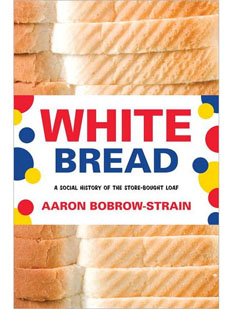FOOD 101: Food Fillers
|
|
The website Healthcare Management Degree sent us the 411 on food fillers, and we’re happy to pass it on. You can also view it in infographic form. Their article, called “Food Isn’t Food Anymore: The Frightening World of Fillers,” explains the types of fillers found in prepared foods at grocery stores and restaurants. Fillers are also called additives. The goal of the fillers is to add a cheaper ingredient to a costlier one to help bulk up the weight of the food, thus lowering the overall cost. Fillers are mostly found in processed meats, and can lower the cost of meats by 10%-30%. The ground beef you buy likely contains filler, they write. While lowering the cost of food can sound like a great idea, here are the pros and cons of food fillers. This is not an exhaustive list, but highlights the most common fillers. And of course, not all brands use fillers: Read the nutrition label! CARRAGEENAN Carrageenan is a gel extracted from seaweed. It Is used as a thickening agent and emulsifier in dairy products such as chocolate milk, cottage cheese and ice cream. It is also injected into raw chicken and other meats to make them retain water, which makes the meat weigh more. You’re paying for water weight! (A similar trick is used to inject scallops with chemicals. Be sure that you are buying “dry” scallops, not “wet” scallops.) |
|
|
ISSUE: Seaweed generally has no adverse health effects, but it can trick the consumer into paying more. CELLULOSE Cellulose is a natural component of many plants. Much of the cellulose used as a food additive is derived from wood pulp, which is used in the production of paper! This cellulose is used in the manufacture of cereal, shredded cheese, salad dressing and ice cream. Cellulose appears in many high-fiber snacks, and eating organic won’t help you avoid it. Humans can’t digest cellulose, so adding it to food makes for a no-calorie, nonfat filler. Some may see that as a benefit. WHAT TO LOOK FOR: Ingredients like microcrystalline cellulose (MCC), cellulose gel, cellulose gum or carboxymethyl cellulose. |
||




